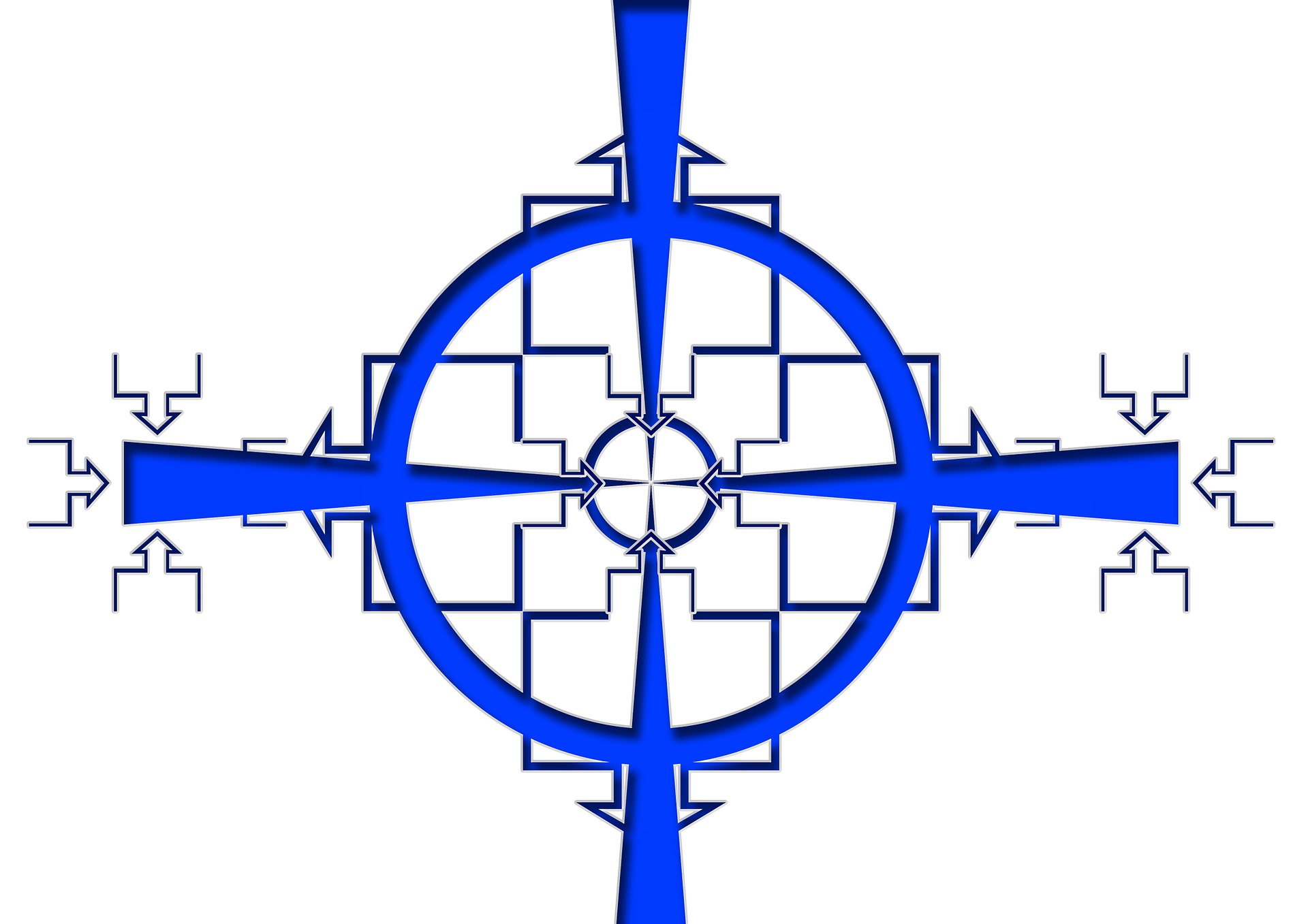Title, a core part of the search engine optimization. This plays a key part in the organic search result where user’s eye land first. It’s a part of Meta tags.
Where it appear
1. Title appears in the internet browser at top of the window.
2. Search Engine fetch it to show in the results
Technical guidelines to write effective title tag
Length :Length should be up to 55-60 characters including white spaces. There is no written instruction about title length by any search engines but SEO expert’s case studies show’s that we should be limited.
Why it’s limited – because search engines shorten the length according to their parameters or display format. Anyone can write long titles but after a specific point Google & other major search engines shorten their title.
Why we need to follow length – for better CTR we need to follow the same because search engines shorten the title according to their format and if our title is long then this will show the shorten peace of title and it can be sense less. So it’s better to write the title tag in limit for better CTR.
Keywords/words insertion–you need to place important keywords/words into your title according to your web page niche.
Title should be descriptive – there is no hard and fast rule about the descriptive title but for better CTR it should be, because as I mentioned above, this is the first point where users eyes gonna land and if your title makes no sense then you can lose your CTR percentage. There are many myths about the same like some experts say’s you can use pipleline (|) between words/keywords separation but according to my experience it should be descriptive and according to the page niche.
Descriptive Sample
Separated Sample
Use your best combination of title to get higher CTR.
I hope after analyzing above given two different samples, you understand the difference and I am sure you would like to go with descriptive title instead of separated ones. Because descriptive title makes more sense than separated one.
Do Not Repeat Keywords – avoid keywords stuffing. This is totally senseless exercise to repeat the same word/keywords in title and this can lead your website page to poor CTR and also this is not good practice from search engine point of view. Excessive keyword stuffing in the title can be harmful for your ranking and search engine doesn’t look it as an ethical practice.
Ignore Stop Words – No search engines give value to stop words, so try to add your valuable words in the title instead of stop words because you have limited character in your bucket to display. Here are some examples of stop words-
‘the’, ‘an’, ‘a’, ‘he’, ‘we’, ‘which’, ‘her’, ‘and’, ‘or’, ‘but’, ‘while’, ‘of’, ‘that’, ‘on’, ‘for’, ‘if’, ‘then’, ‘thus’, ‘am’, ‘is’, ‘can’
Brand Value – Many SEO companies recommend adding brand name into the title, if you want to make a brand of your business but my opinion would be not to do the same because if someone is landing on your website then he/she is already aware with you.
Consider Readability and Emotional Impact– Our motive is to get in more visits to our website through search results so in order to get in more, we need to write compelling titles to pull traffic to our website. So it’s vital to think about the user experience in addition to other aspects like Keyword usage etc. Always remember title tag is the first interaction to the new visitor with your brand when they find it in search result so it should convey the best positive message.
So just tell the visitor what your pages are about. Help them understand the theme of each page by using powerful keywords and phrases limited in length, unique to each page by following these tips.





